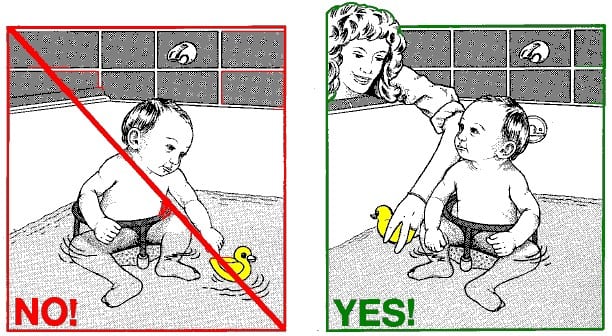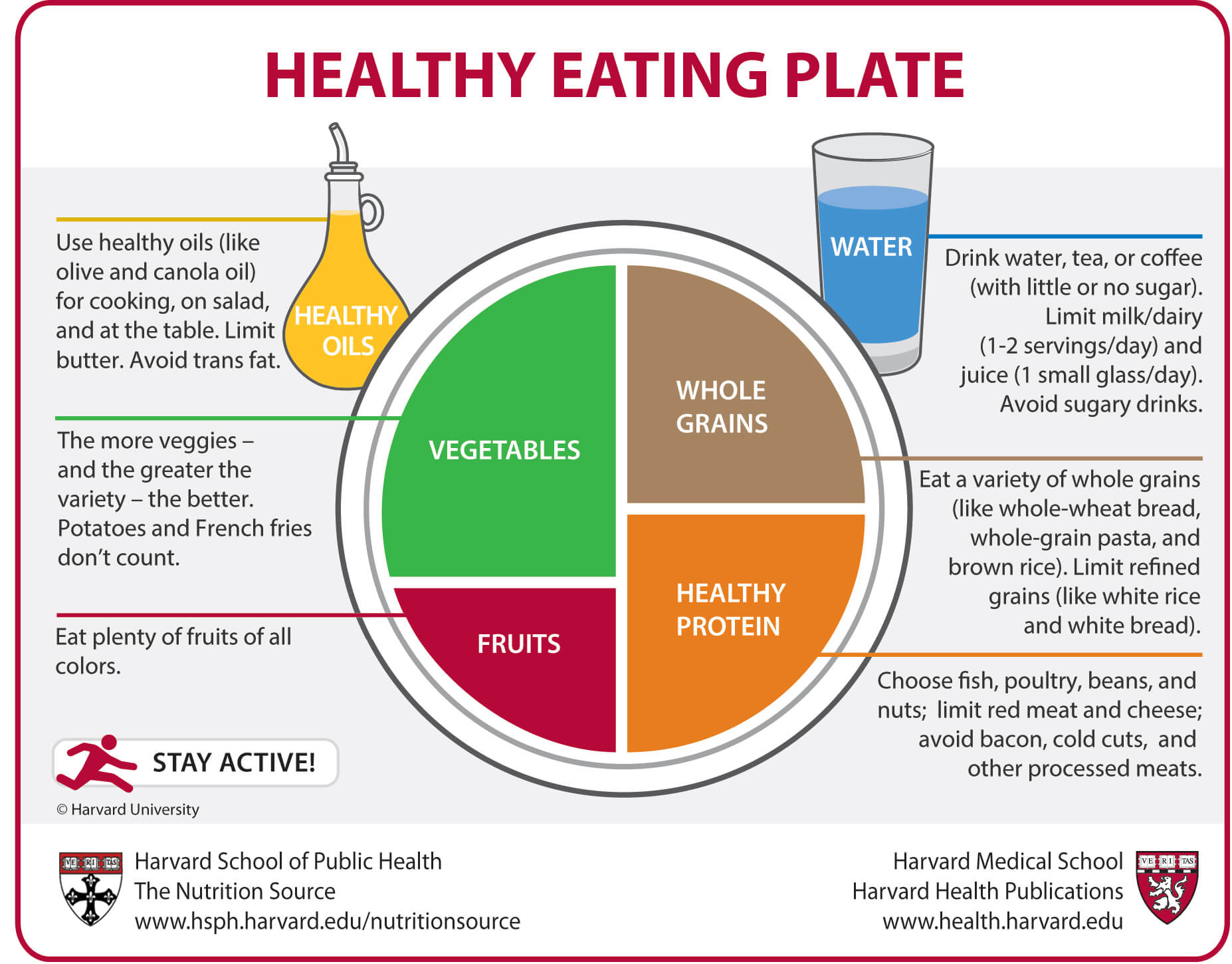Introduction
This post addresses challenges and solutions to health in the Black Family.

The African-American family is besieged with several challenges. I would suggest the most fundamental of these is access to and maintaining good health. Those of you who are regular readers of Straight, No Chaser at www.jeffreysterlingmd.com know of my work in identifying and remedying health care disparities, which is the difference in health outcomes between various communities. It is sad to say that African-Americans disproportiately suffer adverse outcomes in several significant health conditions. These include cancer, diabetes, heart disease, stroke, HIV, homicide, and infant mortality.
This post is not meant to necessarily focus on those conditions or the existence of disparities. More importantly, I want to introduce you to the tools you can use for improving your family’s health. Here’s a hint: in most every instance an ounce of health prevention is more effective than a pound of medical cure. Straight, No Chaser posts have and will explore individual topics at length.
Here are four Black family health considerations every family should have front and center.
You need to become an active consumer of health.

Your health care providers are increasingly assuming the role of consultants and partners regarding your health and medical care. In between visits to your physician, it is your role and responsibility to learn self-help strategies, how to engage and utilize various health and medical resources and what seems normal within your own body. To that end, consider the source of your information. Seek out reputable sources and stay away from fads or sensationalized reports that aren’t rooted in agencies tasked with protecting the public interest.
You need to learn and engage in strategies of health prevention maintenance, including safety.

Healthy living is a commitment to your life that will enhance the rest of your life. Discovering and adhering to scheduled health screenings and recommended immunizations are huge components to extending and improving the quality of your life. You should never be more concerned with a potential side effect than an actual life-threatening medical condition.
Have you ever heard that most accidents occur near the home? It’s not that you necessarily live in a dangerous neighborhood, but your home environment is where the vast majority of your time is spent. Make a concerted effort to take basic measures to make your home environment safer, including childproofing measures, use of smoke and carbon dioxide alarms, making your medicines and any liquor inaccessible to your teens or nosy neighbors, and always using seat belts.
You must embrace fundamentals of good health.

Simple strategies of diet and exercise can easily be incorporated into your life, and you just need to start on the path.
Learn about the Healthy Eating Plate as designed by the Harvard School of Public Health, which teaches you about proportions of meats, fruits, vegetables and other foods you should be consuming with your meals. Here’s the abbreviated version.
- Fill half of your plate with produce—that means fruits and vegetables.
- Fill a quarter of your plate with whole grains. Now, that doesn’t mean breads generically. Whole grains lower the risk of coronary heart disease, stroke, obesity and diabetes. You’ll know them when you see them. Whole grain foods usually include “whole grain” in the name.
- Fill the rest of your plate with a healthy source of protein such as fish, poultry, beans or nuts.
- Use healthy oils—such as olive and canola—when cooking, on salad, and at the table. Avoid butter and fatty salad dressings on your plate.
- Regarding beverages, do yourself a favor. Try to drink water, and rediscover how refreshing it is. You don’t have to pay for another beverage just because you’re used to doing so. Tea and coffee are healthy options if you use little or no sugar. Milk and other dairy products should be limited to one to two servings a day.
Also, make the effort to engage in some form of exercise for at least thirty minutes at a time three to five times a week.
Please, also learn and emphasize reduction and avoidance strategies related to toxic substances such as cigarettes, alcohol, drug use and work related exposures.
You need a physician.

Prioritize your family’s health. Unfortunately, it is not enough to seek medical care in the midst of an emergency. It doesn’t serve you well to wait until you’re ill to engage the healthcare system. Also, you must engage in strategies of health prevention, which your primary care provider will guide you through. Trust me. It’s rarely a good thing when a patient brags that it has been years since they’ve seen a physician.
For further details on the initiatives listed above, please visit Straight, No Chaser at www.jeffreysterlingmd.com and type any desired topic into the search engine.
Follow us!
Ask your SMA expert consultant any questions you may have on this topic. Also, take the #72HoursChallenge, and join the community. Additionally, as a thank you, we’re offering you a complimentary 30-day membership at www.72hourslife.com. Just use the code #NoChaser, and yes, it’s ok if you share!
Order your copy of Dr. Sterling’s books There are 72 Hours in a Day: Using Efficiency to Better Enjoy Every Part of Your Life and The 72 Hours in a Day Workbook: The Journey to The 72 Hours Life in 72 Days at Amazon or at www.jeffreysterlingbooks.com. Another free benefit to our readers is introductory pricing with multiple orders and bundles!
Thanks for liking and following Straight, No Chaser! This public service provides a sample of http://www.SterlingMedicalAdvice.com (SMA) and 844-SMA-TALK. Likewise, please share our page with your friends on WordPress! Also like us on Facebook @ SterlingMedicalAdvice.com! Follow us on Twitter at @asksterlingmd.
Copyright © 2018 · Sterling Initiatives, LLC · Powered by WordPress
